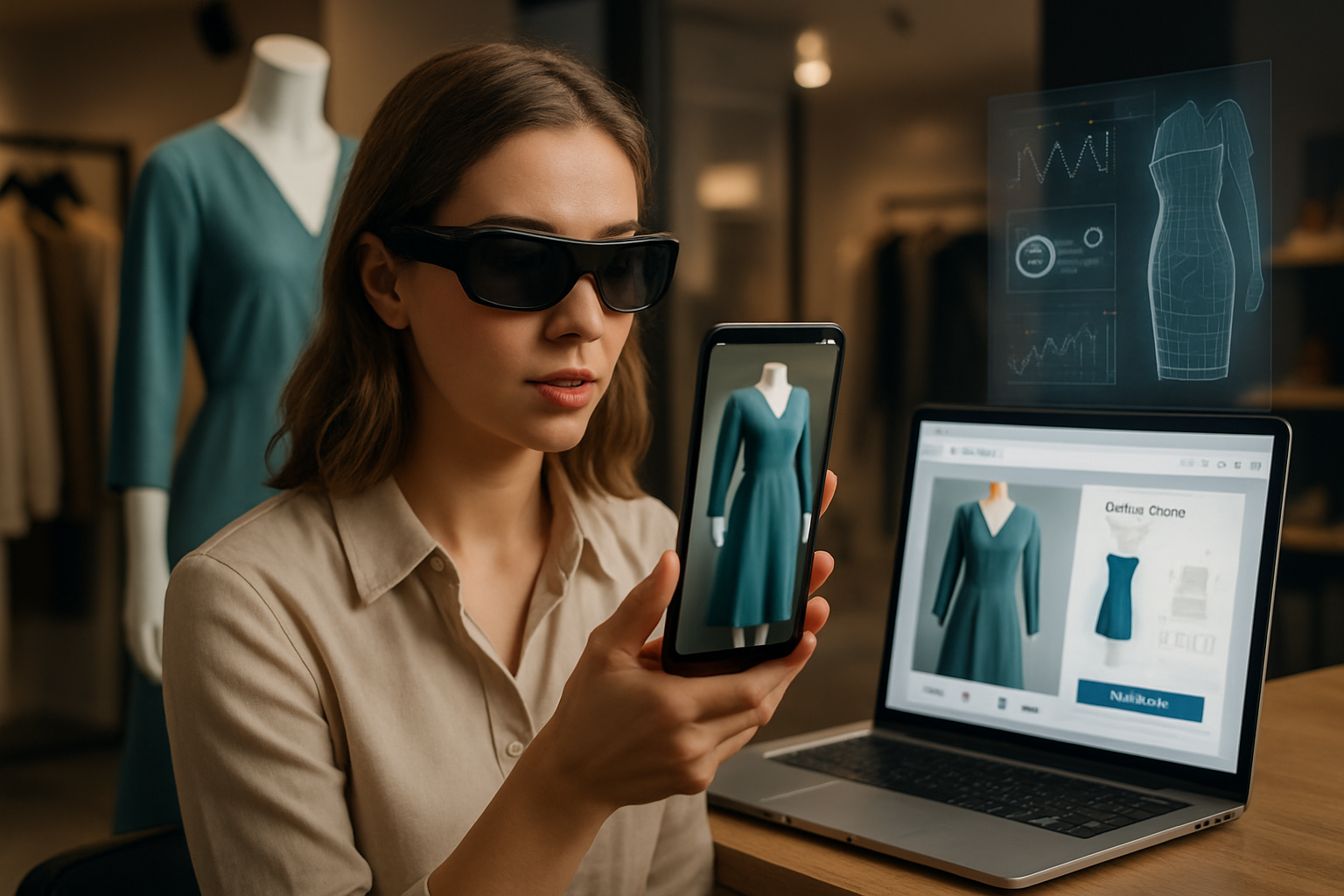Leveraging mobile-first design to improve purchase completion on small screens
Mobile-first design focuses product and checkout flows on the constraints and behaviors of small screens. This article explains practical adjustments across UX, payments, search, and analytics that help ecommerce teams increase conversions and reduce abandoned checkouts on phones.

Mobile-first design means prioritizing the needs and limitations of smartphone users when building ecommerce flows. On small screens, concise layouts, clear trust cues, and streamlined interactions matter more than ever. This piece outlines concrete approaches across UX, checkout, payments, search, personalization, and analytics to help teams raise purchase completion rates while managing returns, subscriptions, logistics, and omnichannel consistency.
How does mobile UX affect ecommerce conversions?
Mobile layouts reshape how customers discover and evaluate products. A mobile UX that prioritizes scannable content, legible typography, and single-column flows reduces cognitive load and improves conversions. Trust signals such as visible security badges, concise return policies, and clear shipping timelines help mobile shoppers feel confident completing purchases. Attention to touch targets, animation performance, and minimizing page weight also reduce friction that can cause cart abandonment, affecting both discovery and final conversion metrics.
What reduces friction in mobile checkout and payments?
A checkout optimized for mobile reduces steps, pre-fills information where possible, and supports a range of payments—digital wallets, card entry, and local methods—so users don’t drop off at the last moment. Inline validation, progressive disclosure of optional fields, and clear cost breakdowns (taxes, shipping, discounts) keep shoppers informed and less likely to abandon. For subscription products, allow users to select billing cadence and see trial terms on a single screen. Reducing form fields and enabling one-tap payments are proven UX moves to improve completion on phones.
How can personalization and discovery boost retention?
Personalization on mobile means surfacing relevant products, reminders, and offers without overwhelming limited screen space. Use lightweight personalization tactics—recently viewed items, context-aware recommendations, and dynamic sorting—to aid discovery and elevate lifetime value. Tailored onboarding for subscription services or suggested accessories during checkout can lift average order value while improving retention. Keep personalized content concise and privacy-respectful, and provide clear controls so customers can manage preferences and trust your handling of data.
How to improve search, filters, and discovery on small screens?
Search and filtering must be fast and thumb-friendly on mobile. Implement predictive search with typeahead suggestions, easy-to-access filters, and persistent sorting options that don’t obscure results. Use progressive filters (collapse complex options by default) and show active filter chips so users understand current constraints. Visual cues like product badges and concise attribute summaries make quick comparisons possible. Improving mobile discovery reduces detours and increases the likelihood users reach the checkout intent state.
How do analytics and testing guide mobile improvements?
Collecting mobile-specific analytics helps identify where users drop off: product pages, add-to-cart, checkout steps, or payment screens. Use event-based tracking and funnels to segment by device, connection quality, and geography. A/B testing focused on micro-interactions—button size, CTA copy, number of checkout steps—reveals which changes move conversion metrics. Combine quantitative analytics with lightweight qualitative methods like short in-app surveys or session replay to understand usability issues and prioritize fixes that impact conversions and retention.
How to align omnichannel, logistics, returns, and trust on phones?
Mobile experiences must reflect omnichannel realities: buy online pickup in store options, local services, and consistent order status across channels. Present shipping and logistics options early, with estimated delivery windows and clear return instructions to reduce post-purchase friction and build trust. For returns, offer self-service return creation optimized for small screens and concise policies displayed at checkout. Integrating reliable inventory visibility and simple subscription management on mobile supports retention and reduces support costs.
Mobile-first design for checkout and payments is not a single change but a set of coordinated practices: simplify UX, optimize search and filters for discovery, support diverse payment methods, invest in analytics and testing, and surface trust and logistics information where it matters. By treating the phone as the primary device for many shoppers, teams can reduce abandonment, manage returns more predictably, and grow retention through better personalization and clearer commerce flows.
Mobile-first improvements are iterative and measurable: focus on small, testable changes, track their impact on ecommerce funnels, and expand successful patterns across omnichannel touchpoints. These enhancements help create smoother purchase completion on small screens without sacrificing the broader operational needs around subscriptions, logistics, and customer trust.





